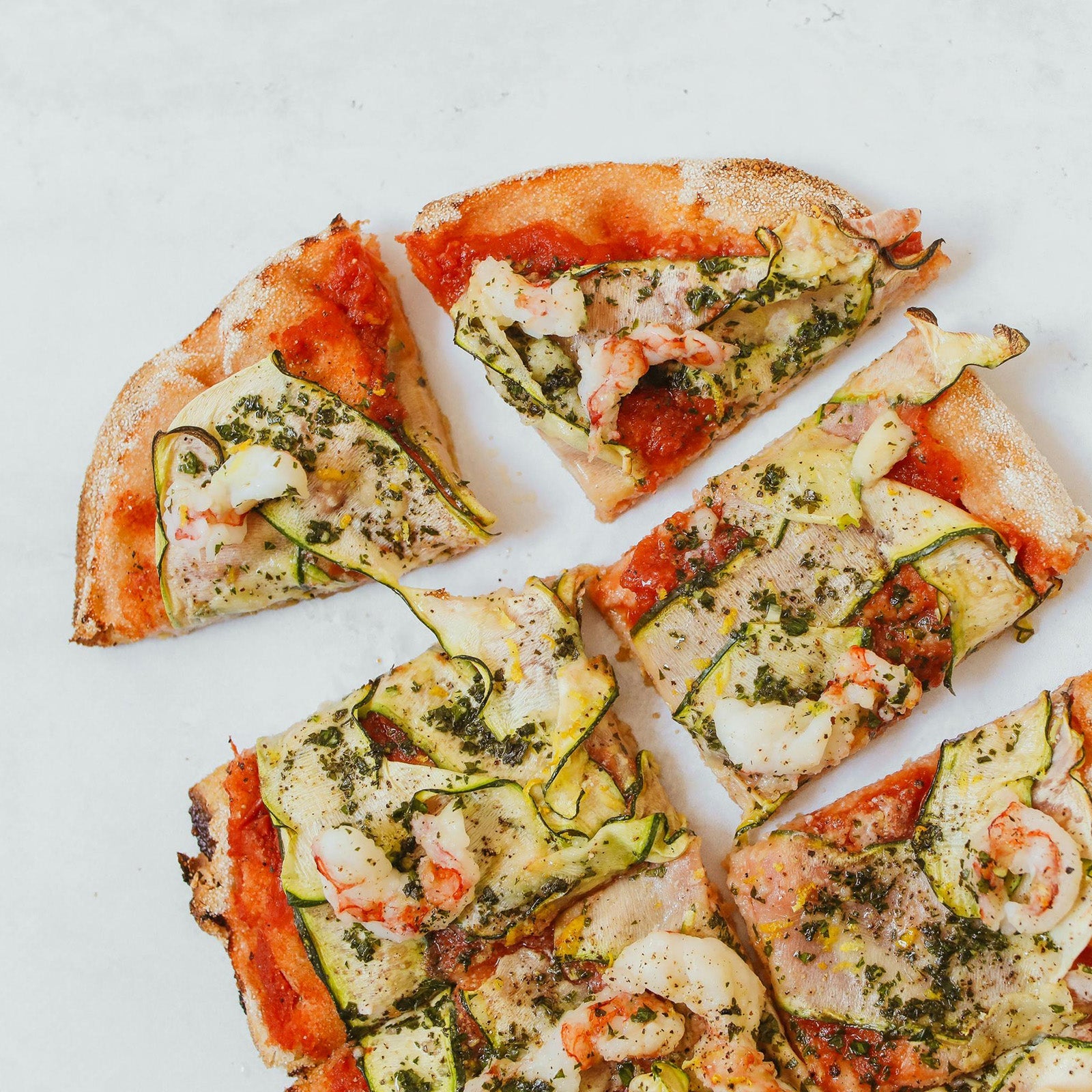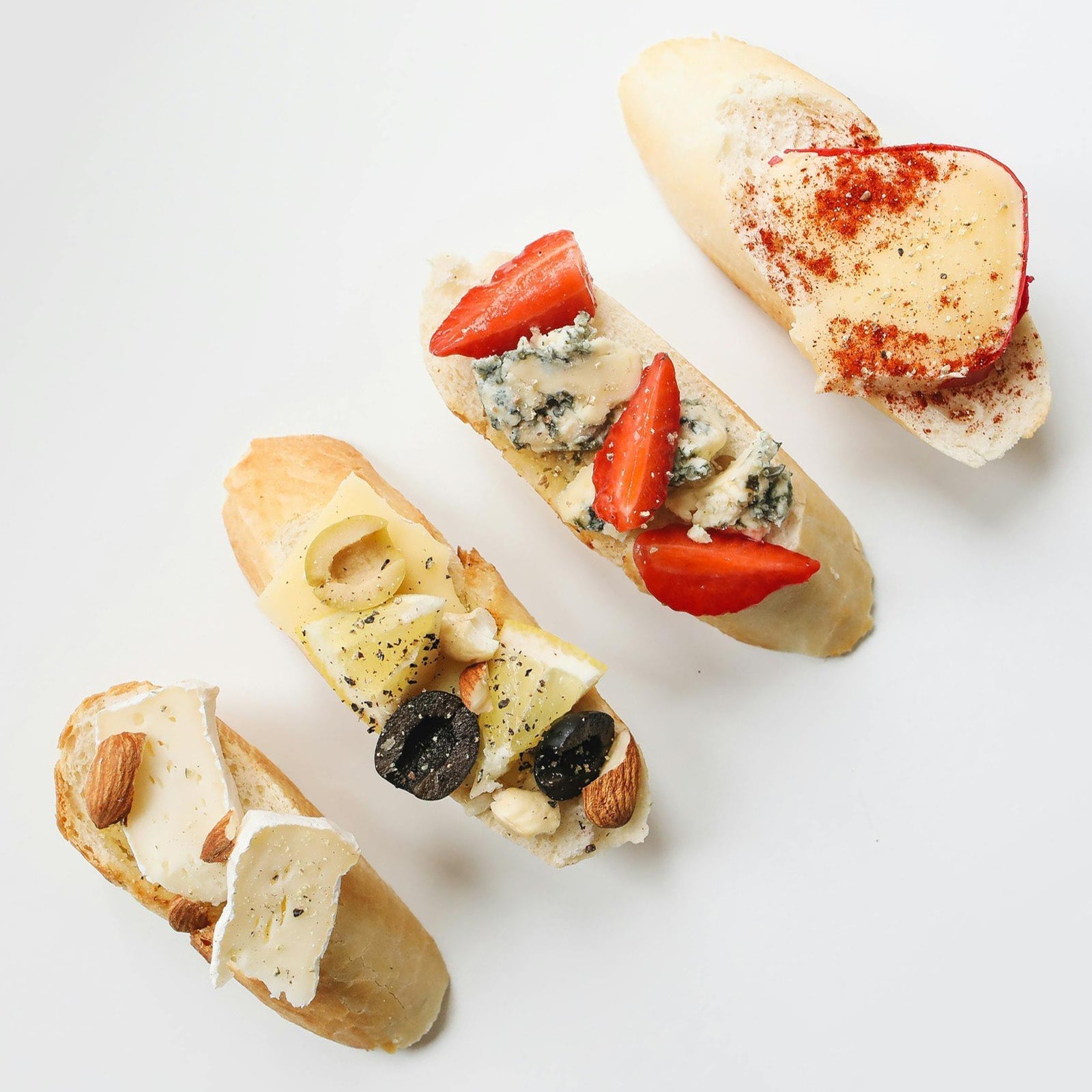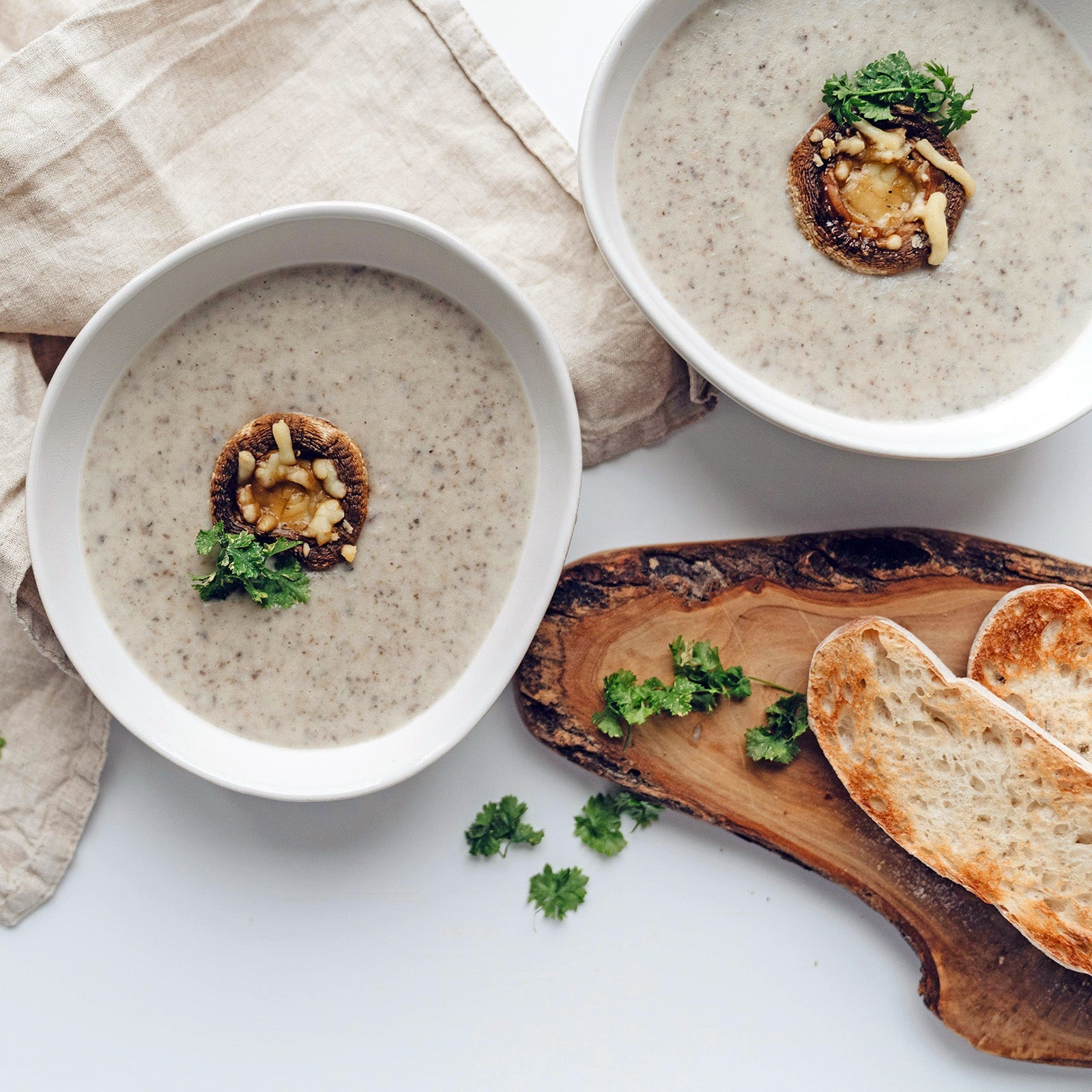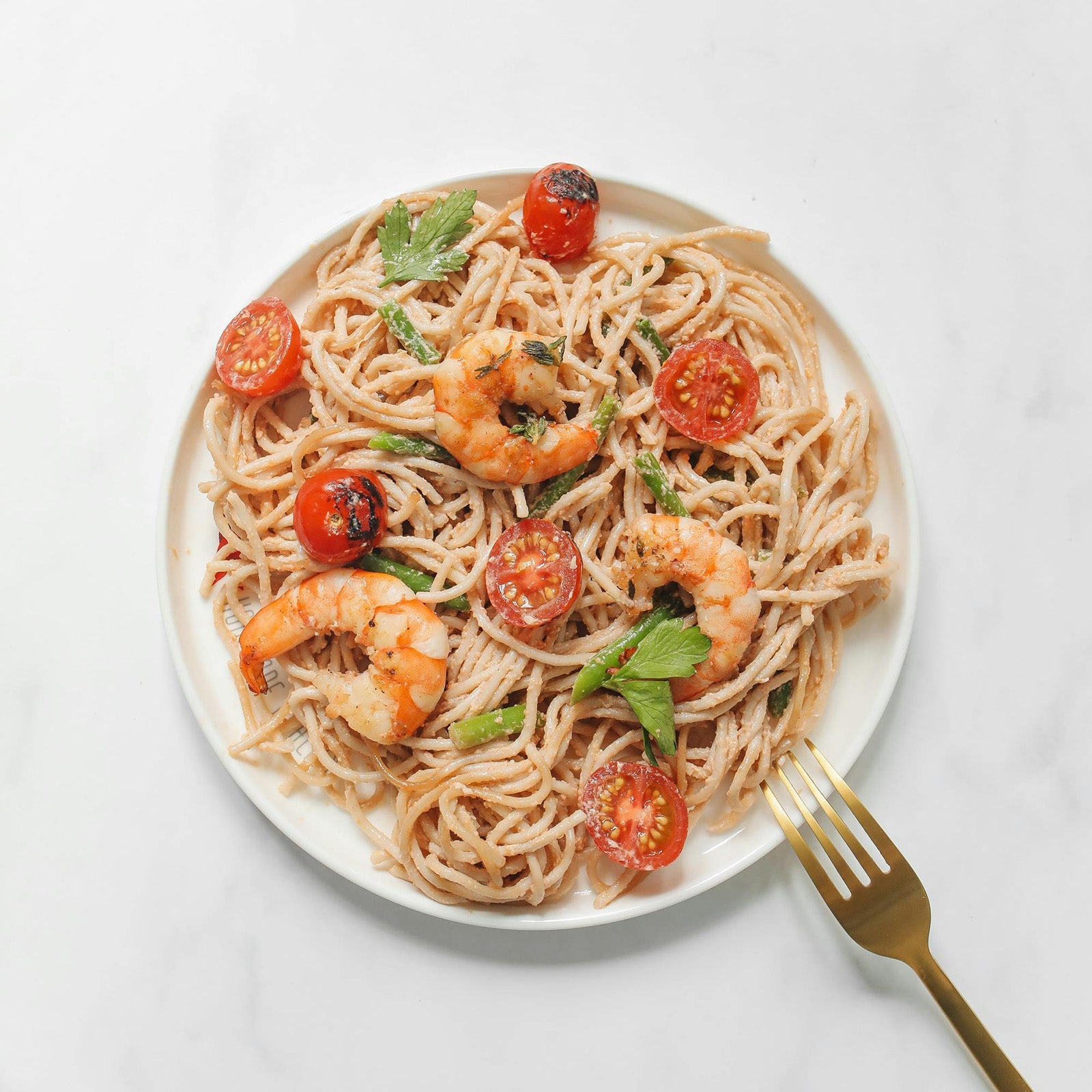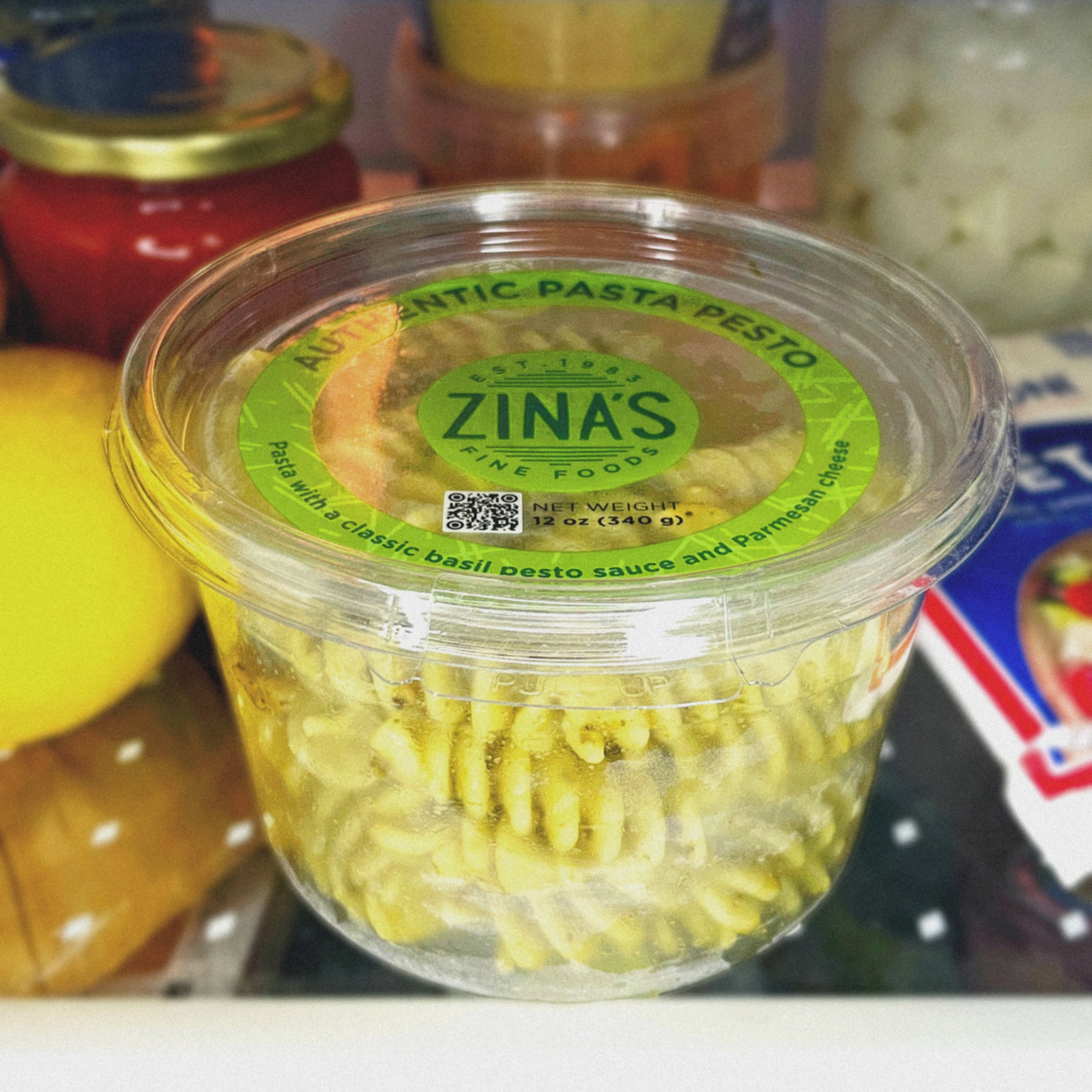
PASTA SALAD IS A VERSATILE AND DELICIOUS DISH, PERFECT FOR MEAL PREP AND QUICK LUNCHES. BUT HOW LONG CAN YOU SAFELY STORE IT IN YOUR FRIDGE? UNDERSTANDING THE FACTORS THAT INFLUENCE THE SHELF LIFE OF PASTA SALAD CAN HELP YOU ENJOY YOUR MEALS WITHOUT COMPROMISING ON SAFETY AND QUALITY. HERE’S WHAT YOU NEED TO KNOW, WITH INSIGHTS FROM FOOD SAFETY EXPERTS.
When you make a homemade pasta salad, the clock starts ticking the moment you mix those ingredients together. For mayo-dressed salads, you’ve got about 3 to 5 days before they need to be tossed. The primary concern here is the risk of bacterial growth, particularly from Staphylococcus aureus and Salmonella. Oil-dressed salads might give you a little more leeway, stretching up to 5 to 7 days, since they lack the egg-based ingredients that spoil faster.
But why is it that store-bought salads can seem to last forever? The secret lies in their journey and preparation. At Zina's Salads Inc., our pasta-based salads boast an impressive shelf life of up to 28 days, while our chicken and tuna salads last up to 18 days. This isn’t just by magic—it’s the result of meticulous control of pH levels and the strategic use of safe preservatives.
The Science Behind Shelf Life
You see, pH levels play a crucial role in how long food stays fresh. Foods with lower pH values (more acidic) are less favorable for bacterial growth. At Zina's Salads, we achieve this by incorporating ingredients like vinegar and lemon juice, creating an environment that’s hostile to harmful microorganisms. This technique helps to keep our salads safe and delicious for a longer period.
Another key factor is our strict cooking and handling techniques. Every ingredient in our salads is fully cooked to eliminate bacteria, and all vegetables are thoroughly washed to remove any potential contaminants. Cross-contamination is a big no-no; we avoid double dipping in dressings and always use clean utensils. Open bottles of dressings are always refrigerated, and hot ingredients are cooled quickly before being mixed into the salad.
The Importance of Proper Food Handling at Home
However, homemade salads don’t benefit from the same controlled environment. It’s hard to guarantee an exact shelf life at home because measuring pH levels accurately can be tricky. Here’s a tip: if your salad looks or smells different from when you first stored it, it’s time to let it go. And avoid adding ingredients like lettuce and cucumbers—they spoil quickly. Hard root vegetables, on the other hand, tend to last longer.
Proper food handling at home is essential to ensure the safety and longevity of your meals. Here are some practical tips:
- Wash Your Hands: Always wash your hands thoroughly with soap and water before handling any food. This simple step can prevent the spread of bacteria and viruses.
- Clean Surfaces and Utensils: Make sure all surfaces and utensils are clean before you start preparing your salad. Cross-contamination can occur if you use the same cutting board or knife for raw meats and vegetables without proper cleaning.
- Cool Down Quickly: After cooking, cool down hot ingredients quickly to avoid the temperature danger zone (40°F to 140°F), where bacteria multiply rapidly. You can spread out hot food in shallow containers to cool it down faster.
- Store Properly: Store your pasta salad in airtight containers to prevent contamination and maintain freshness. Place it in the coldest part of your refrigerator, usually at the back of the lower shelves.
Why Store-Bought Salads Last Longer
Store-bought salads enjoy a longer shelf life due to several factors. Part of the reason is the preservatives. While we use minimal amounts of Sodium Benzoate and Potassium Sorbate, they’re effective in preventing mold, yeast, and bacteria. These preservatives are necessary because our products travel long distances—from the manufacturing facility to the warehouse, from the warehouse to the store, and finally to your home. Even those salads that seem freshly made behind deli counters are often produced off-site under controlled conditions.
Important Facts About Food Safety
- The Danger Zone: Bacteria thrive between 40°F and 140°F. Keeping your refrigerator below 40°F and ensuring hot foods cool quickly can significantly reduce bacterial growth.
- Two-Hour Rule: Never leave perishable foods out at room temperature for more than two hours. In hot weather (above 90°F), this time reduces to one hour.
- FIFO Method: "First In, First Out" is a good practice for managing food at home. Use older ingredients before newer ones to ensure nothing gets forgotten and spoils.
Understanding these factors can help you make the most of your pasta salad, whether it’s homemade or store-bought. By controlling pH levels, using proper cooking techniques, and knowing the role of preservatives, you can enjoy your pasta salads without worry.
Keep your meals fresh and safe, and enjoy every bite!

